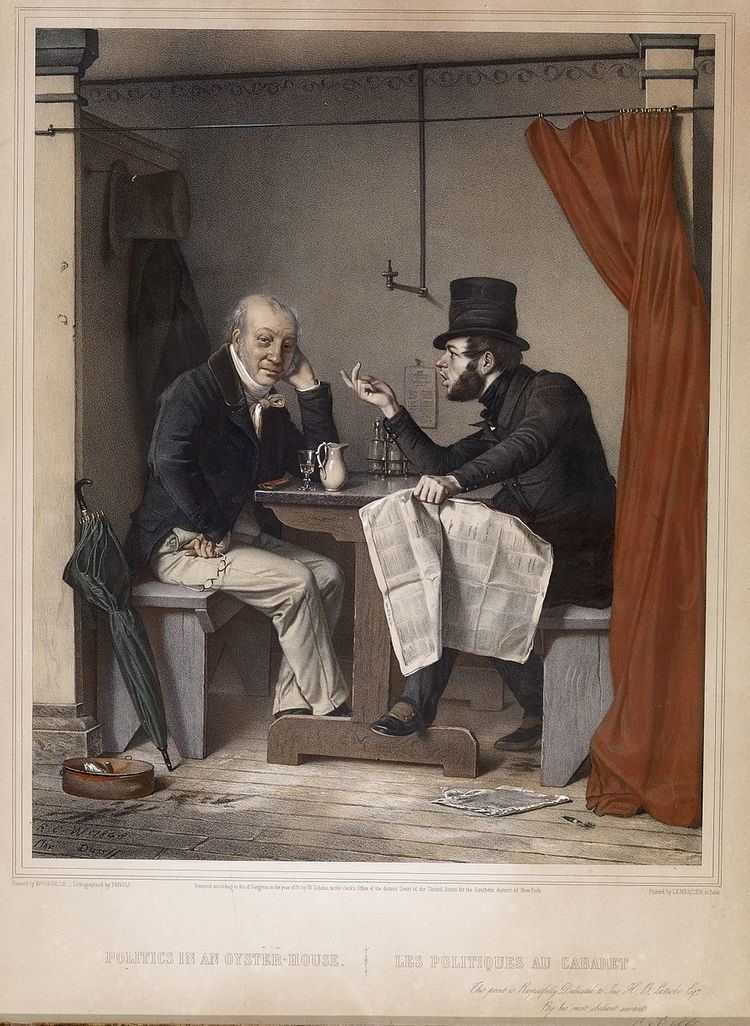 | ||
Participation in social science refers to different mechanisms for the public to express opinions – and ideally exert influence – regarding political, economic, management or other social decisions. Participatory decision-making can take place along any realm of human social activity, including economic (i.e. participatory economics), political (i.e. participatory democracy or parpolity), management (i.e. participatory management), cultural (i.e. polyculturalism) or familial (i.e. feminism).
Contents
- Objectives of participation
- Classifying participation
- Specific participation activities
- Civic opportunity gap
- Corporate participation
- Cross cultural objective participation
- References
For well-informed participation to occur, it is argued that some version of transparency, e.g. radical transparency, is necessary but not sufficient. It has also been argued that those most affected by a decision should have the most say while those that are least affected should have the least say in a topic.
Objectives of participation
Participation activities may be motivated from an administrative perspective or a citizen perspective on a governmental, corporate or social level. From the administrative viewpoint, participation can build public support for activities. It can educate the public about an agency's activities. It can also facilitate useful information exchange regarding local conditions. Furthermore, participation is often legally mandated. From the citizen viewpoint, participation enables individuals and groups to influence agency decisions in a representational manner. The different types of political participation depends on the motivation. When a group is determined to work to solve a community problem, there can be led marches to work for candidates. Most immigrant racial groups have higher motivation since there is an increase in geographical dispersion and are faster growing racial groups. How well participation can influence the relation between citizen and their local government, how it increases trust and boosts peoples willingness to participate Giovanni Allegretti explains in an interview using the example of participatory budgeting.
Classifying participation
Sherry Arnstein discusses eight types of participation in A Ladder of Citizen Participation (1969). Often termed as "Arnstein's ladder", these are broadly categorized as:
She defines citizen participation as the redistribution of power that enables the have-not citizens, presently excluded from the political and economic processes, to be deliberately included in the future.
Robert Silverman expanded on Arnstein's ladder of citizen participation with the introduction of his "citizen participation continuum." In this extension to Arstein's work he takes the groups that drive participation into consideration and the forms of participation they pursue. Consequently, Silverman's continuum distinguishes between grassroots participation and instrumental participation.
Archon Fung presents another classification of participation based on three key questions: Who is allowed to participate, and are they representative of the population? What is the method of communication or decision-making? And how much influence or authority is granted to the participation?
Other "ladders" of participation have been presented by D.M. Connor, Wiedemann and Femers, A. Dorcey et al., Jules N. Pretty and E.M. Rocha.
Specific participation activities
Civic opportunity gap
Youth participation in civic activities has been found to be linked to a student's race, academic track, and their school's socioeconomic status. The American Political Science Task Force on Inequality and American Democracy has found that those with higher socioeconomic status participate at higher rates than those with lower status. A collection of surveys on student participation in 2008 found that "Students who are more academically successful or white and those with parents of higher socioeconomic status receive more classroom-based civic learning opportunities." Youth from disadvantaged backgrounds are less likely to report participation in school-based service or service-learning than other students. Students with more highly educated parents and higher household incomes are more likely to have the opportunity to participate in student government, give a speech, or develop debating skills in school.
Corporate participation
Participation in the corporate sector has been studied as a way to improve business related processes starting from productivity to employee satisfaction.
Cross cultural objective participation
A cultural variation of participation can be seen through the actions of Indigenous American Cultures. Participation draws from two aspects: respect and commitment to their community and family. The respect is seen through their participation in non-obligated participation in various aspects of their lives, ranging from housework to fieldwork.
Often the participation in these communities is a social interaction occurring as a progression for the community, rather than that of the individual. Participation in these communities can serve as a "learning service". This learning ranges from everyday activities, in which community members gain a new skill to complete a task or participate through social events to keep their cultural practices alive. These social participation events allow newer generations to see the events and learn from this ongoing participation to continue these practices. Although there are different domains and objectives of participation in these communities, the bottom line to this participation is that it is non obligated and often community orientated.
A social interaction that continues to thrive because of this high level of non-obligation is the everyday action of translating.
